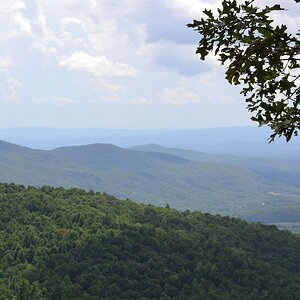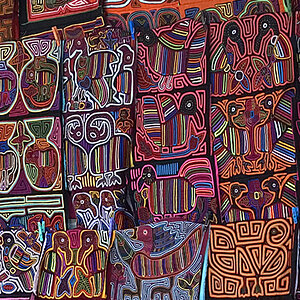nickzou
No longer a newbie, moving up!
- Joined
- Jun 12, 2011
- Messages
- 593
- Reaction score
- 40
- Location
- Ottawa
- Can others edit my Photos
- Photos NOT OK to edit
There's something wonderful about mirrorless cameras, particularly because of how I use them, I think.
I think I view them more as toys than cameras. Thus, naturally I don't expect the very best performance out of them so when they inevitably exceed my very low expectations, I'm always pleasantly surprised. And with the rapid rate of iterations, I find it quite easy to find cameras I want a very decent price on the used market.
A year ago, I was trying to choose between the Olympus OM-D and the Fujifilm XE-1. I ended up going for the OM-D because some was selling it for a very decent price.
It was a great little camera, sturdy, stylish, and easy to handle. The in-body IS was fantastic, the image quality was far better than my old GF2.
Recently someone was selling this at a really good price and I just couldn't pass it up:

I've only been able to shoot with the camera for less than a day as I had to wait for adapters to arrive in the mail. First impressions is that I think the EVF, despite it being a significantly higher resolution than the OM-D, and despite firmware updates, is still much laggier than the OM-D. It's not terribly slow and by no means unusable but noticeable.
I find the back command dial utterly useless. I suspect it is used to control the aperture with native lenses but as I understand it, X-Mount lenses have physical aperture rings so I don't know what that's about. It would be nice if you could customize its function in shooting mode. As it is now, it doesn't do anything and it would be nice if I could map it to change the ISO.
I'm a little disappointed with the focus peaking as well. It barely shows up in the EVF. There doesn't seem to be a setting for its tolerance. As it is, you have to click in the command dial to zoom in, to see the highlights at times. There's a jerry rigged focus peaking mode on the OM-D, using one of the camera's filter settings, that I actually prefer more. But at 2.43 something million dots in the EVF, it's not that difficult to manual focus with the peaking.
Ergonomically, it feels great in the hand. Although, I suspect for those who love chunky DSLRs, the grip might be a little insufficient. But the dials and switches all feel amazing and even for me, a millennial for whom all of the nostalgia this camera design is meant to inspire means very little, I can easily see why people love the tactile nature of the controls.
I wish I could talk about the autofocus and its metering abilities but as I don't have a single native lens, I can't really speak to that fully.
I went out and took a few shots. I was pretty blown away by its low light performance. This is the straight out of the camera jpeg at ISO 6400, at f2.2~f2.5-ish. Hard to say with a smooth aperture ring.

It's a little low contrast but I think that's the lens more than anything else. I honestly think this is better than my D7000 at ISO 6400 jpeg which tends to produce purple-y splotches where the blacks should be with an overall hit to dynamic range. I do miss the in-body IS of the OM-D though for this kind of night shot.
I'll get around to playing with the RAWs later, seeing what it can actually do but the few snapshots I've taken have been surprisingly good. Although, I'm not sure why, all I've heard about Fuji cameras is that they produce astounding looking photos. It's like I keep forgetting that it has an APS-C sized sensor.

But now I have both these guys. I thought it would be more clear cut but both these guys have their strengths and weaknesses. The OM-D compensates in low light with its in-body IS, which I find myself missing in the XE-1 but the high ISO performance in the XE-1 is just fantastic. I find the OM-D quicker to shoot with, being able to adjust ISO and shutter speed on the fly while the the XE-1 forces you to be more thoughtful about your compositions and settings. It's not built for speed, it seems to be built for skill.
My original plan was to buy the XE-1 thinking it would dwarf the smaller sensored OM-D and I would eventually sell the latter. And not to say that I am underwhelmed with it, but the decision is proving much harder than I initially anticipated. There are a lot of features on the OM-D that I think I would miss. Maybe, I should actually keep both...
I think I view them more as toys than cameras. Thus, naturally I don't expect the very best performance out of them so when they inevitably exceed my very low expectations, I'm always pleasantly surprised. And with the rapid rate of iterations, I find it quite easy to find cameras I want a very decent price on the used market.
A year ago, I was trying to choose between the Olympus OM-D and the Fujifilm XE-1. I ended up going for the OM-D because some was selling it for a very decent price.
It was a great little camera, sturdy, stylish, and easy to handle. The in-body IS was fantastic, the image quality was far better than my old GF2.
Recently someone was selling this at a really good price and I just couldn't pass it up:

I've only been able to shoot with the camera for less than a day as I had to wait for adapters to arrive in the mail. First impressions is that I think the EVF, despite it being a significantly higher resolution than the OM-D, and despite firmware updates, is still much laggier than the OM-D. It's not terribly slow and by no means unusable but noticeable.
I find the back command dial utterly useless. I suspect it is used to control the aperture with native lenses but as I understand it, X-Mount lenses have physical aperture rings so I don't know what that's about. It would be nice if you could customize its function in shooting mode. As it is now, it doesn't do anything and it would be nice if I could map it to change the ISO.
I'm a little disappointed with the focus peaking as well. It barely shows up in the EVF. There doesn't seem to be a setting for its tolerance. As it is, you have to click in the command dial to zoom in, to see the highlights at times. There's a jerry rigged focus peaking mode on the OM-D, using one of the camera's filter settings, that I actually prefer more. But at 2.43 something million dots in the EVF, it's not that difficult to manual focus with the peaking.
Ergonomically, it feels great in the hand. Although, I suspect for those who love chunky DSLRs, the grip might be a little insufficient. But the dials and switches all feel amazing and even for me, a millennial for whom all of the nostalgia this camera design is meant to inspire means very little, I can easily see why people love the tactile nature of the controls.
I wish I could talk about the autofocus and its metering abilities but as I don't have a single native lens, I can't really speak to that fully.
I went out and took a few shots. I was pretty blown away by its low light performance. This is the straight out of the camera jpeg at ISO 6400, at f2.2~f2.5-ish. Hard to say with a smooth aperture ring.

It's a little low contrast but I think that's the lens more than anything else. I honestly think this is better than my D7000 at ISO 6400 jpeg which tends to produce purple-y splotches where the blacks should be with an overall hit to dynamic range. I do miss the in-body IS of the OM-D though for this kind of night shot.
I'll get around to playing with the RAWs later, seeing what it can actually do but the few snapshots I've taken have been surprisingly good. Although, I'm not sure why, all I've heard about Fuji cameras is that they produce astounding looking photos. It's like I keep forgetting that it has an APS-C sized sensor.

But now I have both these guys. I thought it would be more clear cut but both these guys have their strengths and weaknesses. The OM-D compensates in low light with its in-body IS, which I find myself missing in the XE-1 but the high ISO performance in the XE-1 is just fantastic. I find the OM-D quicker to shoot with, being able to adjust ISO and shutter speed on the fly while the the XE-1 forces you to be more thoughtful about your compositions and settings. It's not built for speed, it seems to be built for skill.
My original plan was to buy the XE-1 thinking it would dwarf the smaller sensored OM-D and I would eventually sell the latter. And not to say that I am underwhelmed with it, but the decision is proving much harder than I initially anticipated. There are a lot of features on the OM-D that I think I would miss. Maybe, I should actually keep both...


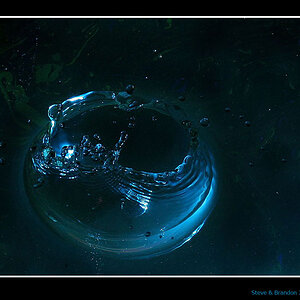
![[No title]](/data/xfmg/thumbnail/35/35870-e324e80cd11d99176357e12cd2ba3b8a.jpg?1619737196)

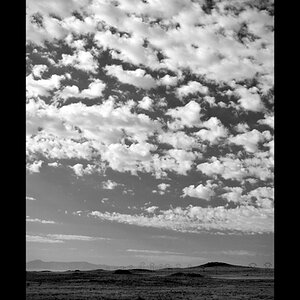

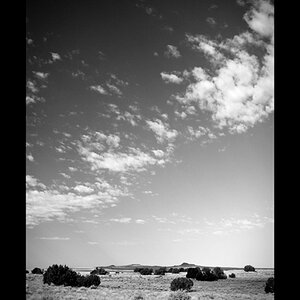
![[No title]](/data/xfmg/thumbnail/42/42469-20c0ef5882a1e31d6172f182d8e90cf2.jpg?1619740193)
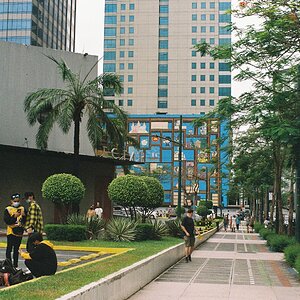
![[No title]](/data/xfmg/thumbnail/35/35871-d9de705fa64b06051419be6d3739d6ac.jpg?1619737197)
